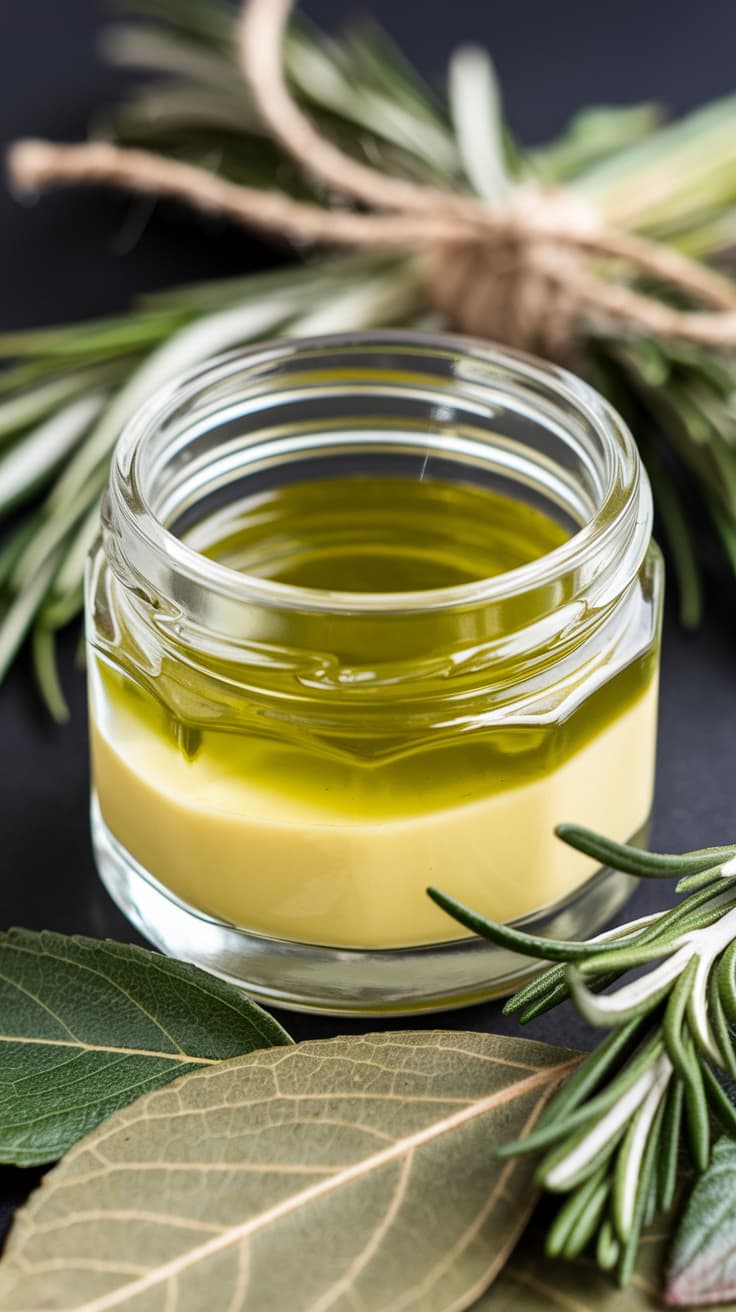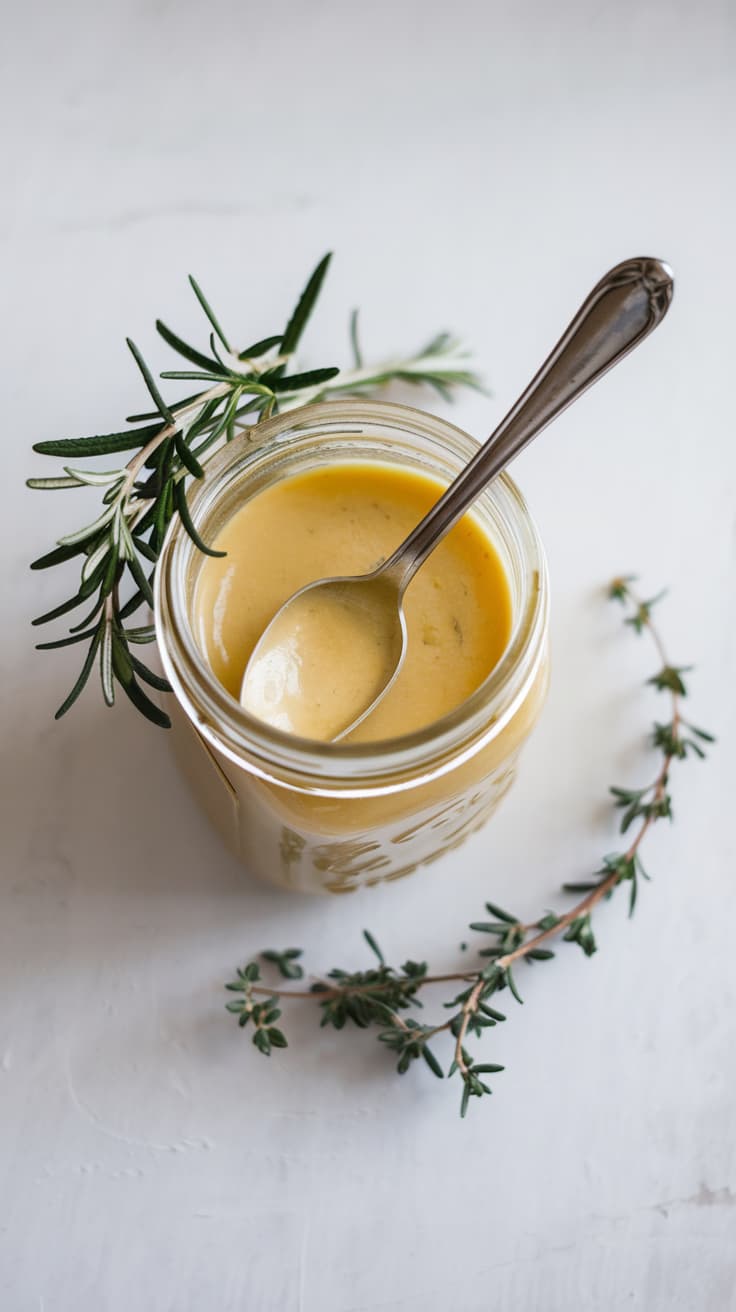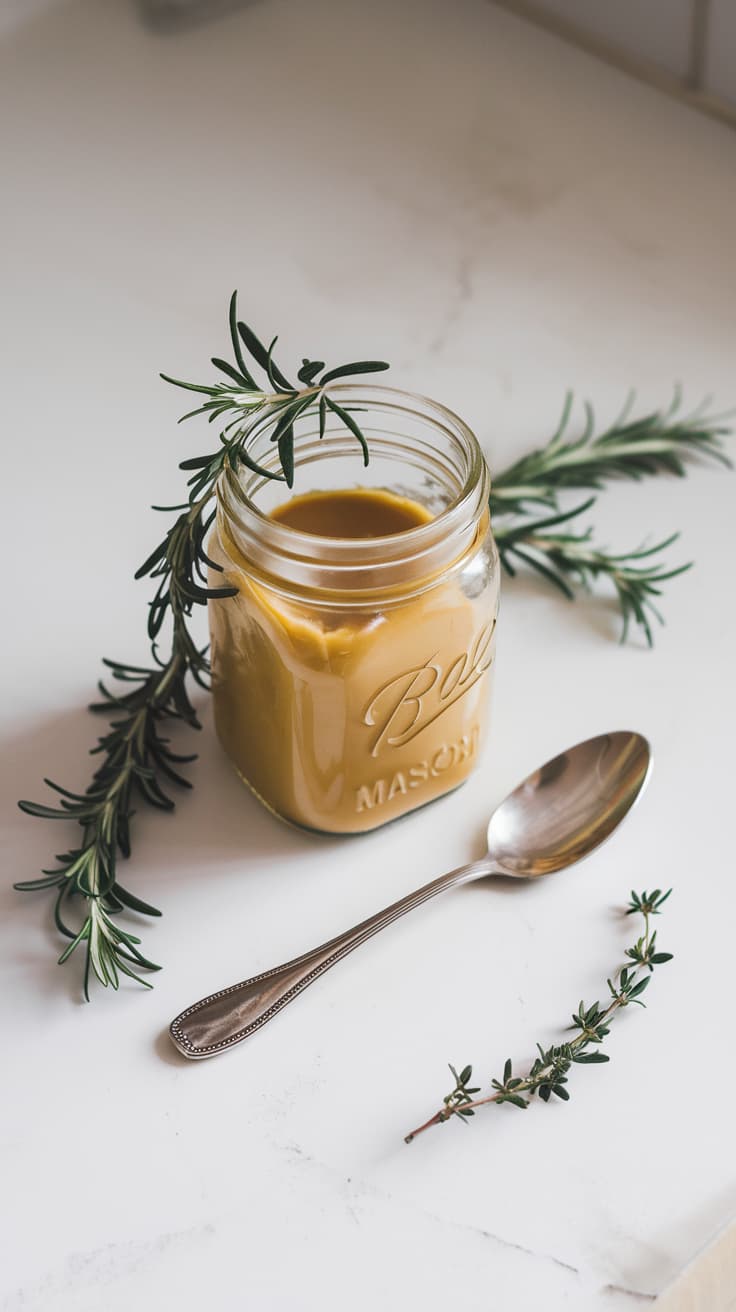Cannabutter Separation
Ever try to make cannabutter and it just… splits? Annoying, huh? Don’t stress, it happens. But guess what? You can fix it! A little cooking skill, some patience, and you’re set.
Let’s get that butter smooth again!

What Is Cannabutter Separation?
Sometimes when you make cannabutter, things go wrong. Instead of getting a nice, even mix, you might see weird stuff happening like the butter floating on top, water pooling at the bottom, or bits of stuff just hanging out in there looking all awkward. That’s called separation, and it’s a real pain.
This messes with how evenly the good stuff (cannabinoids) spreads out in your butter, and that throws off how strong each treat is. Some bites might hit you like a truck, while others barely do anything!
Why Is My Cannabutter Separated?
Cannabutter can sometimes separate, and figuring out why is the first thing to do to fix it. Here are a few common reasons this might happen:
- Improper Mixing: Failing to stir your mixture thoroughly during the infusion or cooling process can cause layers to form. Cannabinoids love fat, but they still need help staying evenly distributed.
- Incorrect Ratios: Using too much water or butter in proportion to cannabis can disrupt the emulsion. Stick to tried-and-true recipes for the best results.
- Temperature Fluctuations: Cannabutter needs steady, low heat to infuse properly. Sudden temperature changes can cause the components to separate.
- Poor Quality Ingredients: Using low-quality butter or improperly cured cannabis can introduce impurities that prevent proper blending. Always opt for high-quality, unsalted butter and well-cured cannabis.
- Skipping Emulsification: Lecithin or other emulsifiers help bind fats and water together. Skipping this step can leave your mixture prone to separation.
How to Fix The Cannabutter Separation?
If your cannabutter has already separated, don’t panic! Here are some quick and effective methods to get it back to its smooth, creamy texture:
1. Reheat and Stir: Place the cannabutter in a double boiler or a heatproof bowl over a pot of simmering water. Heat gently until the mixture melts and stir continuously until the layers combine.
2. Add an Emulsifier: Mix a small amount of lecithin (soy or sunflower) into your cannabutter while reheating. This will help bind the components together.
3. Blend It Together: Use an immersion blender or regular blender to emulsify the mixture fully. Blend until smooth, then let it cool.
When All Else Fails:
If the separation is severe or the texture still isn’t right, you may need to start over. Carefully strain the butter and re-infuse it with fresh cannabis and water, following best practices for emulsification and heat control.

How to Avoid Cannabutter Separation?
Nobody wants to deal with the mess of separated cannabutter. These tips can help you avoid that headache altogether:
1. Use the Right Ratios: Stick to a butter-to-water ratio that works for your recipe. A common standard is 1 cup of butter to 1 cup of water.
2. Maintain Consistent Temperature: Keep your heat low and steady, ideally between 160°F and 200°F. Use a thermometer for accuracy.
3. Stir Regularly: Stirring keeps the components evenly distributed throughout the infusion process. Aim to stir every 15-20 minutes for best results.
4. Incorporate Emulsifiers Early: Adding lecithin at the beginning of your infusion process can significantly improve the stability of your cannabutter. A teaspoon per cup of butter is a good starting point.
5. Strain Carefully: Use a fine mesh strainer or cheesecloth and avoid squeezing, which can reintroduce solids into your cannabutter.
Pro Tips for Perfect Cannabutter
- Use Clarified Butter: Clarified butter (ghee) contains no water, reducing the risk of separation.
- Test Potency: Separation can lead to uneven potency. Use a dosage calculator to ensure accurate servings.
- Add Lecithin: Lecithin is a natural emulsifier that stabilizes the mixture and ensures cannabinoids are evenly distributed.
- Don’t Over-Squeeze: When straining your mixture, avoid pressing too hard on the plant material. Excess water and plant residue can compromise the butter’s consistency.

Common Questions
What is the white stuff in Cannabutter?
This white stuff is what’s left over after we make butter from milk. It’s called milk solids.
Can I make a cannabutter with leaves?
Yes, you can, but heads up, these parts usually don’t have as much THC in them. If you’re a heavy user or want a stronger dose, you might need to use more leaves.
Is it safe to use cannabutter that has separated?
Yes, but the potency may vary. Re-emulsify before using for consistent dosing.
Hey, dont feel bad… we all make mistakes in the kitchen, but that’s how we learn! Now you’ve got the tools to fix the cannabuter separation mess and create a perfect one every time. So, roll up those sleeves, grab your favorite recipes, and let’s make some magic.
Dont forget to share this with that friend that is always messing with is homemade cannabutter!
